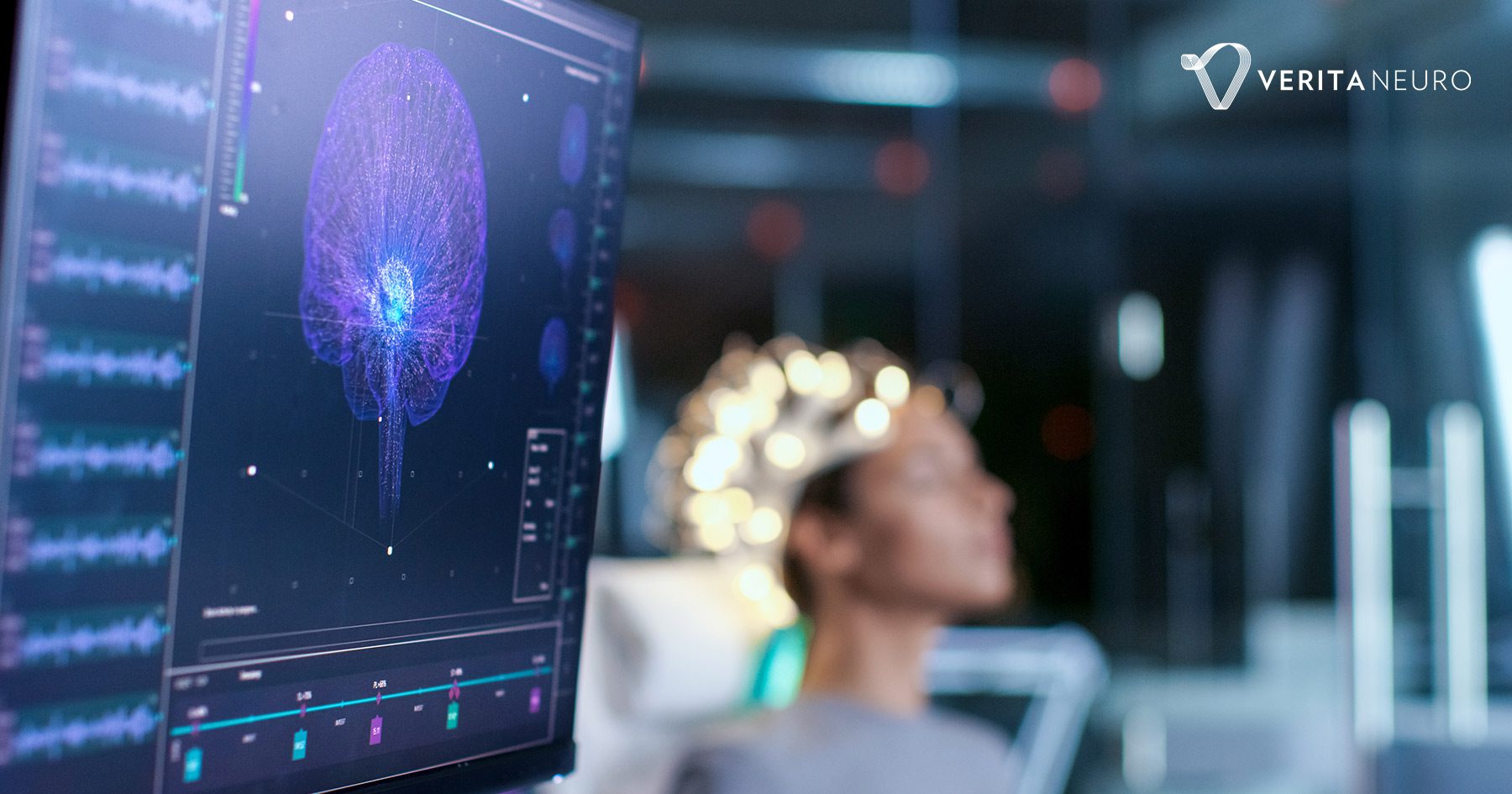The U.S. military’s most advanced research team is investing heavily in treatments that help people with spinal cord injuries (SCI) regain voluntary movement. SCIs are 10 times more common among service members than the general population, which is why the Defense Advanced Research Project Agency (DARPA) is assigning its top scientists and large sums of money to a program called Bridging the Gap Plus (BG+).
One of the foundations of this program’s research is a treatment you’ve probably heard of: Epidural Stimulation. Verita Neuro pioneered the commercial application of this technology and is excited to see how DARPA can improve the results for paraplegics and quadriplegics.
This agency is famous for funding research on breakthrough technologies like the internet, GPS systems, and artificial intelligence (AI). But those were all ideas that originated within the military. Epidural Stimulation came onto the scene more than 10 years ago with Dr. Susan Harkema’s research at the University of Louisville.
How will BG+ improve Epidural Stimulation?
DARPA’s five-year project will combine neurotechnology, AI, and biological sensors to minimize the symptoms of an SCI, both immediately after injury and years after the injury.
Currently, doctors have little understanding of what happens when a human spinal cord “self heals.” BG+ projects are attempting to gain more insight by creating tools and methodologies to help physicians understand what happens to an SCI patient’s spine in real-time. Biomarkers will deliver precise readings in the earliest stages after injury so clinical reaction times can be shortened and the spread of negative symptoms minimized.
Verita Neuro’s Epidural Stimulation surgery and regenerative therapies typically occur months to years after the patient suffered their SCI, but DARPA believes treatments can be improved by implanting the stimulation device within two weeks of injury.
The BG+ program manager, Dr. Al Emondi, says, “Once we know what’s taking place at the spinal cord from moment to moment, we think it will be possible to deliver intelligent interventions that optimize our ability to preserve and reinforce neural communications during the acute phase of spinal cord injury.”
The expanding field of Epidural Stimulation
With the announcement of the BG+ program, the belief in Epidural Stimulation is undeniable. The Department of Defense (DoD) reviewed more than a decade of research and then threw the world’s largest military budget behind it.
But BG+ isn’t the only research the DoD is funding.
DARPA also awarded Brown University a $6.3 million grant to develop an AI-powered spinal implant. It’s an exciting idea being built upon a foundation laid by Verita Neuro and the 70+ successful Epidural Stimulation surgeries we’ve facilitated.
The news of another organization entering the field has us optimistic about the opportunity to share our findings. Perhaps our patients and case studies deserve more recognition than they have received, so hopefully DARPA and their heavily funded research trials will advance Epidural Stimulation’s awareness and into the mainstream.
If you’re aware of Epidural Stimulation’s power and are ready to learn more about the Epidural Stimulation treatments on offer at Verita Neuro, send us a message today. One of our specialists will review your medical records, answer your questions, and possibly even schedule your visit within a matter of weeks.






